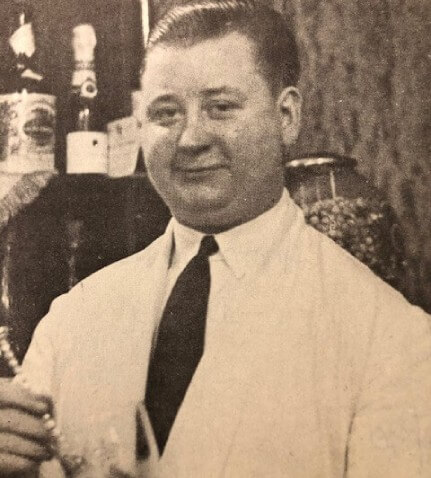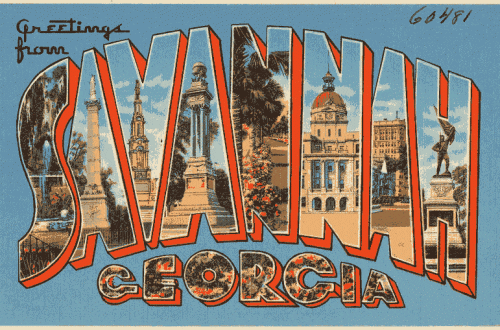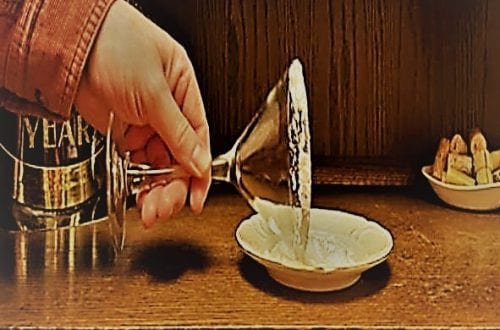
Bartending for the Lost Generation
What would it be like to bartend for such legendary figures as Ernest Hemingway, Gertrude Stein, Pablo Picasso, F. Scott Fitzgerald, James Joyce, and various European Counts and Princesses? Well, Jimmie “The Barman” Charters did just that and wrote about it in his memoir This Must Be the Place. Jimmie plied his bartending trade behind several of the biggest bars in the Montparnasse district of Paris during the 1920’s. The district was part art colony for leading artists of the day and part playground for wealthy revelers. Among all these memories of people and places is some solid bartending wisdom along with a few tricks of the trade. You should pick up a copy of his memoir here. Today’s article gives just a taste of some of Jimmie’s advice and trade secrets.
Advice on Bartending
Diplomacy is paramount to being a successful bartender.
On settling a guest’s bill: “There must be no squabbling (with the customer) over the bill.”
On preventing fights at the bar: “I can usually ‘smell’ a fight coming on, and then I do everything to prevent it. I try to divert the combatants by telling them jokes, or by giving them drinks on the house.”
On being brought into a guest’s confidence: “I cannot begin to count the number of times I have been involved in other people’s love affairs, asked to slip notes back and forth, give stronger drinks to a certain person so he or she would become more amorous, or lie to a husband or wife to ward off suspicion.”
On offering buy-backs: “There is nothing like a ‘drink on the house’ to make the client feel good. If I were running my own bar I would give each client a free drink for every two or three he buys.”
On building rapport with guests: “I have always tried to study my clients, to know their likes and dislikes, to keep them interested in me and in each other. A bar is a club where the members must not clash, for it is so easy to resign from a bar.”
On being a social facilitator for guests: “When a man or a woman comes into the bar I must size him up quickly to see if he wants to be alone or is really looking for companionship. Most people won’t admit they are lonely..[sic] When I have two such persons in the bar I usually manage to stand between them. First I talk to one and then I talk to the other, always trying to make them laugh at the same time. Soon they are talking to each other and I go away.”
Perks of Bartending
On the special extras beyond tips and pay: “…professional services offered free by doctors, lawyers, and others among his clients.” Also free goodies from local merchants: “reduced rates at the theaters and cinemas, horse-racing tips, and even free entertainment at some of the less distinguished nightlife resorts, if you understand my meaning.”
Cocktail Trickery
When a guest buys you a drink and you’re not drinking: “I used to keep two or three drinks ready under the bar. One would be angostura bitters and plain water with ice, which looks just like whisky or brandy; another, black currant cordial in plain water, which looks like port; another, plain water with just a dash of bitters, which looks like ‘gin and it.’ Then when someone asked me if I ‘had mine’ I would raise the appropriate glass from under the bar, for I believe in always drinking what the client drinks!”
A cocktail recipe to get people in the mood:
“I must tell you of a cocktail I invented while I was at the Dingo that had a powerful effect on some…
1/3 Part Cognac
1/6 Part Pernod
1/6 Part Amer-Picon
1/6 Mandarin
1/6 Sweet Cherry Brandy.
This mixture was shaken thoroughly in a cocktail shaker and then either drunk straight or diluted with a little soda. Either way the taste is pleasant and not strong, but two stiff drinks of it will have some surprising effects!”
Is he shaking that cocktail up without ice? I bet it has some surprising effects…ugh. The rest of the book is a wonderful peak into the barroom antics of the ex-pat crowd and is definitely worth a read!





